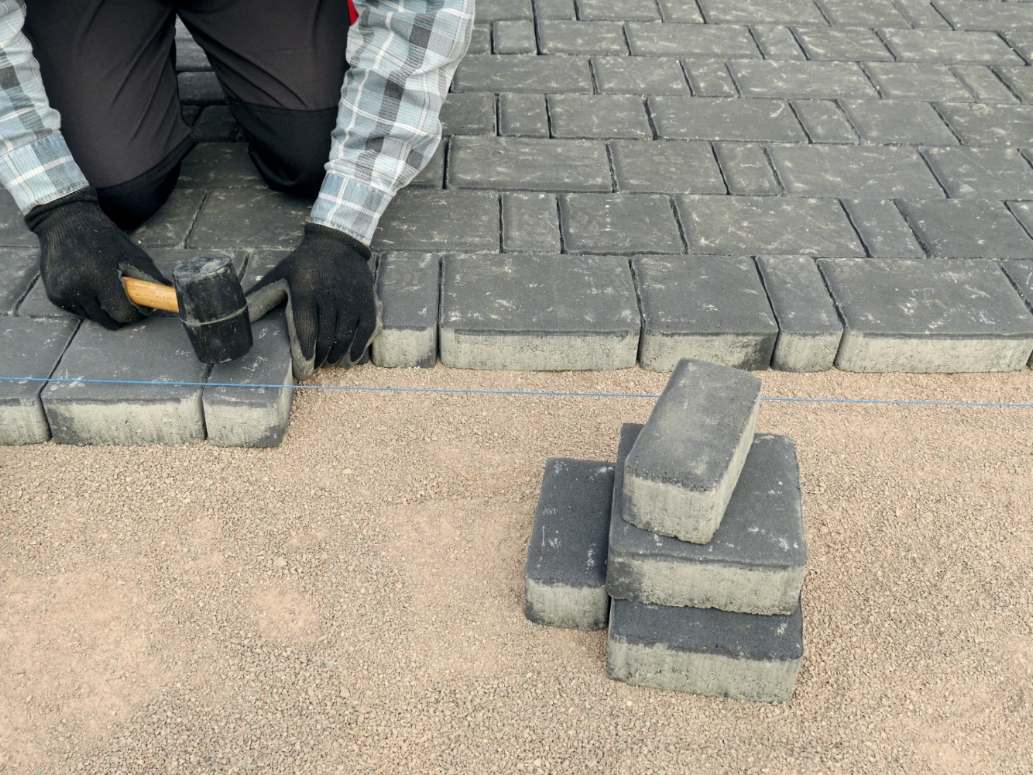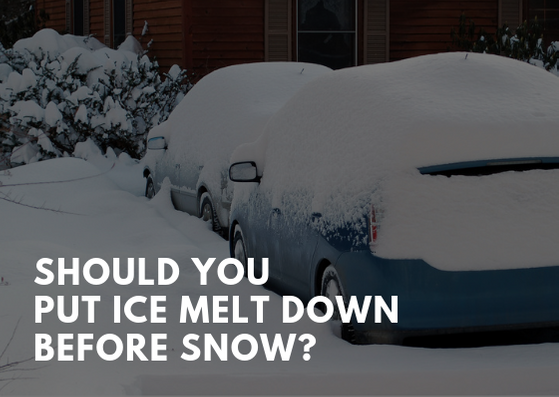
Depending on where you live, you may need to think carefully about the way in which you pave your driveway. If you hail from the Northeast, asphalt is the name of the game. If you’re from the South, you probably anticipate a concrete driveway, or perhaps interlocking pavers. It probably won’t surprise you that weather plays a large role in accounting for the regional differences, but it is important to understand the advantages and disadvantages of each driveway material.
Each one of the following materials withstands both heat and cold fairly well, but all are at risk of sustaining some small damage via water and natural cracking. In areas where driveway repair becomes most necessary, the costs will dictate which paving material is used.
The Big Four
The four materials that dominate the market are: asphalt, concrete, gravel, and pavers. This will help you determine whether you want to change the “default” paving in your driveway, or stick with the status quo.
ASPHALT
This material is a combination of a pitch with concrete, and it is considered a reasonable, aesthetically pleasing, low-cost means of paving your driveway. The only serious distraction is that it requires regular maintenance. Firstly, an asphalt driveway can be damaged by regular use by heavy vehicles, but more commonly, the issue is that asphalt cracks when it expands in the heat of the summer, and in some locations that cannot be predicted.
The best way to deal with the cracks (rather than repaving every year) is by sealing them with hot rubberized sealer, preferably in the fall, so that the driveway is protected from winter storms, and not subject to further expansion in the warm weather, though homeowners are generally subject to the work plan of the driveway maintenance companies’ schedules. This sealing protects your driveway from further damage.
NOTE: The black smooth asphalt absorbs heat from the sun and melts snow and ice faster than other driveway options.
GRAVEL
Another aesthetically pleasing, low-cost option, gravel is a good solution to paving your driveway when it is done properly – that’s the trickiest part; the rest is maintenance. For example, make sure that the soil under the driveway is strong, clear of sticks and leaves, and stripped of topsoil. Building a gravel driveway on top of spongy debris is not a good idea!
Maintenance issues include paying attention to water. Surface water can erode the surface of the driveway, and it can create and then transport silt out from under the gravel. There are a number of solutions to this issue – including the creative option of laying down a fabric on top of the subsoil before laying the gravel, as well as paying attention to the specific gravel chosen for your driveway, and making sure that your driveway has a “crown,” such that the middle of the driveway is higher than the edges, allowing water to run off.
One other key maintenance issue is “grading” – making sure that low spots of gravel, where gravel has been pushed aside, must be filled in from the high bumps, where gravel has been pushed to.
CONCRETE
Concrete is one of the more durable, impenetrable substances used for paving driveways. It is not the least expensive option available, but when done well, it should last a long time and withstand the elements. It is particularly useful for supporting the regular traffic of heavy vehicles.
What makes concrete particularly sturdy is not only the mix that forms it, but also strategies that abut the concrete itself to support it. For example, control joints prevent random cracking, and can be established in a nice pattern to give your concrete driveway a nice design. Steel reinforcement, whether wire mesh or a grid of bars, helps hold the concrete slabs together in the event of any cracking. The concrete must be finished without overworking the surface, but to ensure a level surface and one that drains properly.
PAVERS
Interlocking pavers are lovely to look at and have the potential to last as long as 40 years…but they are not all the same. Some allow water to run off them, for example, while others absorb water in the cracks in between – an environmentally friendly option, as they prevent pollutant run-off.
Furthermore, pavers are unlikely to crack, because there is a natural give between them, but those same divisions between pavers can be tricky when you attempt snow removal, and your shovel catches on the edges. Note that pavers come at a price. Laying individual pavers is labor intensive, and when combined with the materials themselves, costly, particularly if your driveway is large – but for the most part, they are maintenance-free (outside of pulling the occasional weed that might sprout up between pavers).
Whatever substance you choose, consult with experienced workmen who know how to lay the given material well, and enjoy your new driveway!


